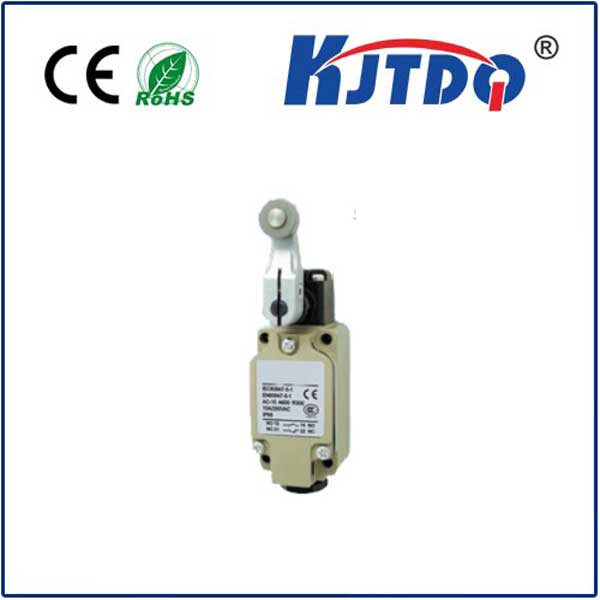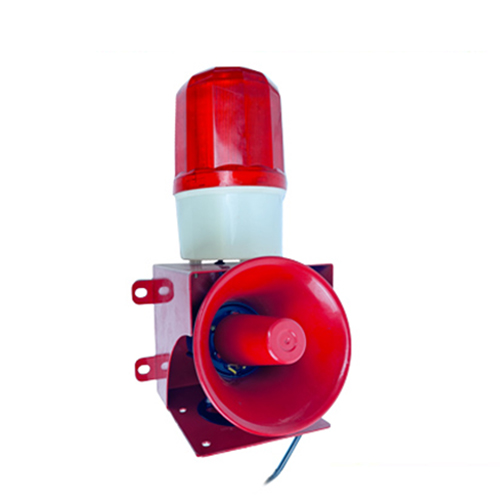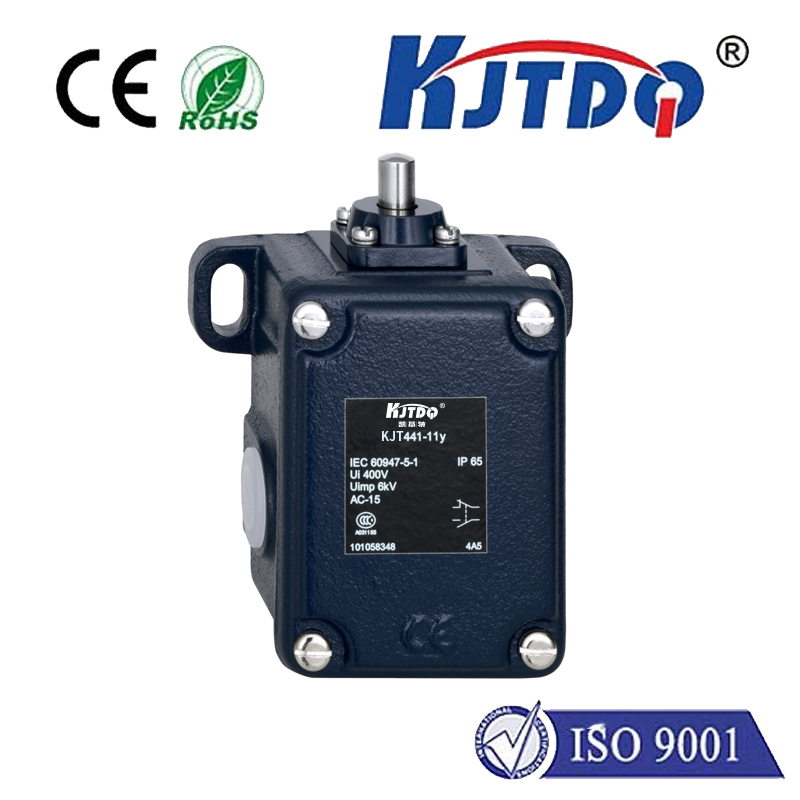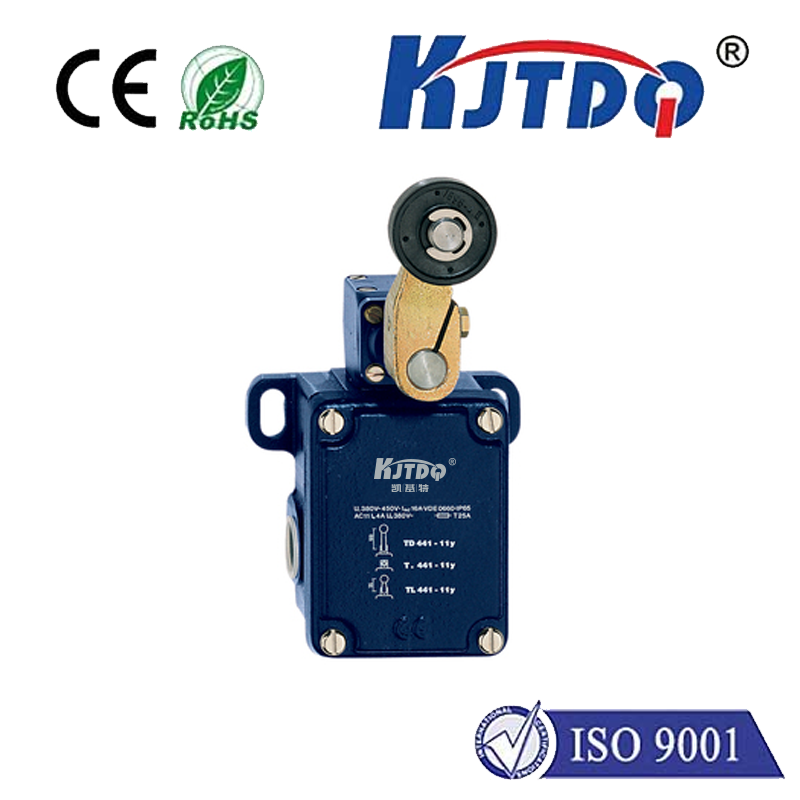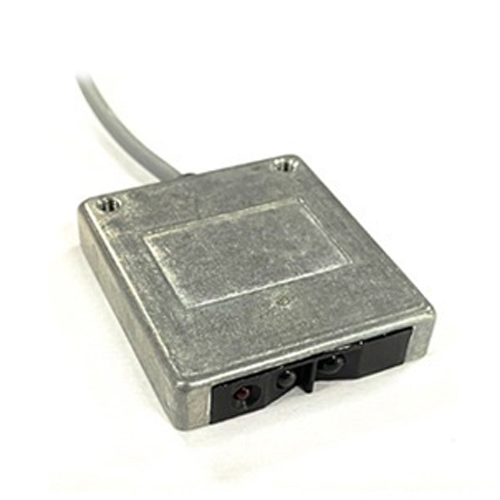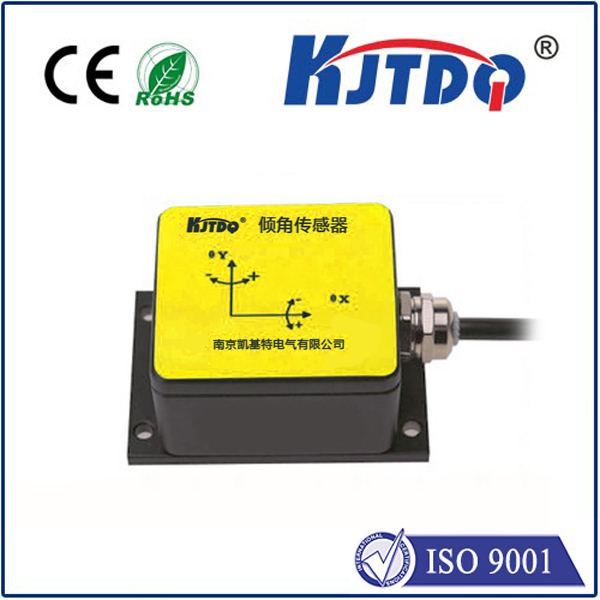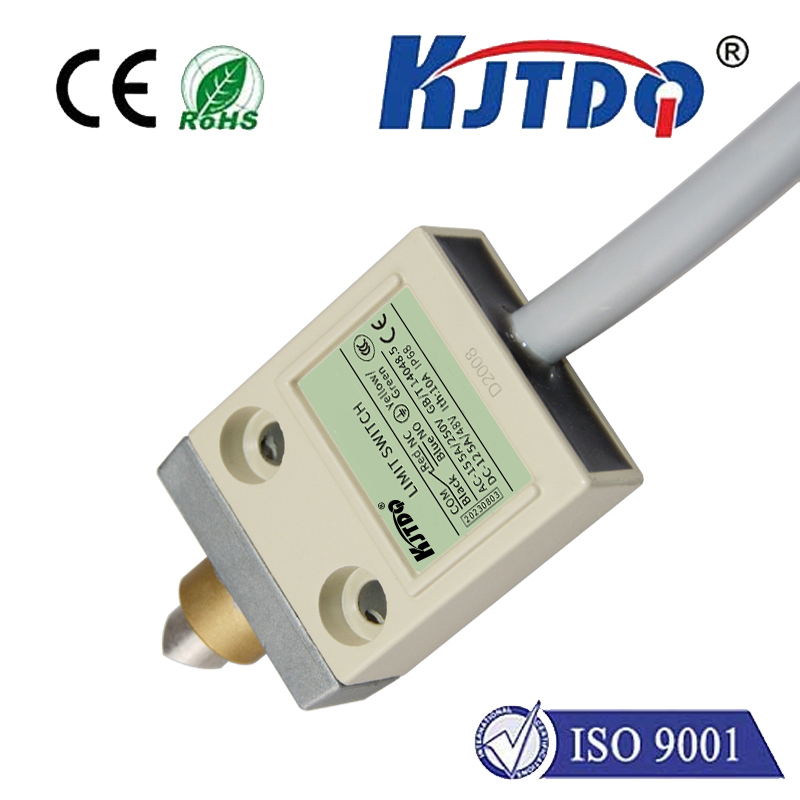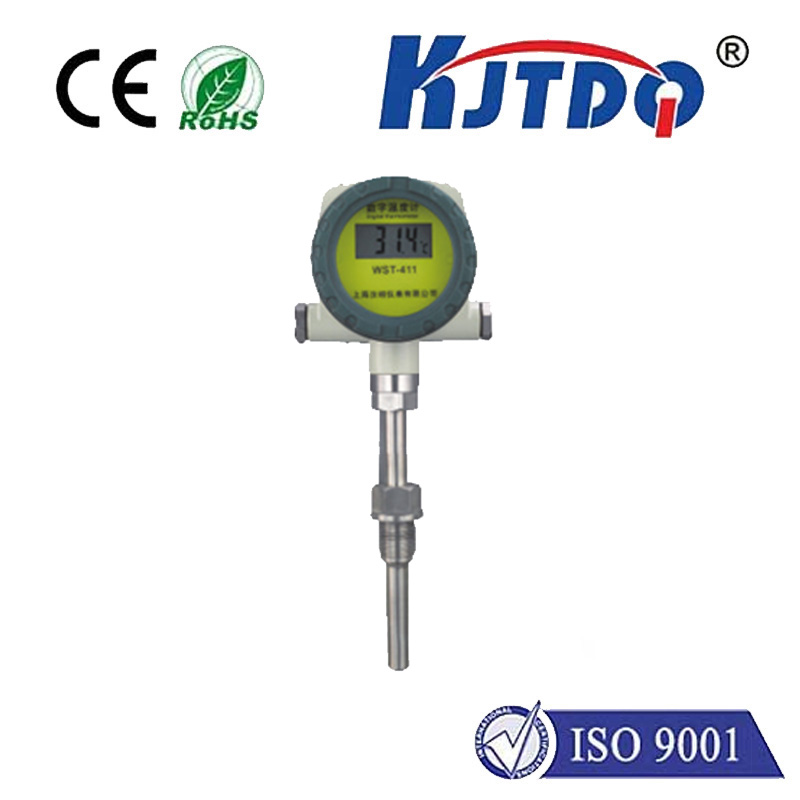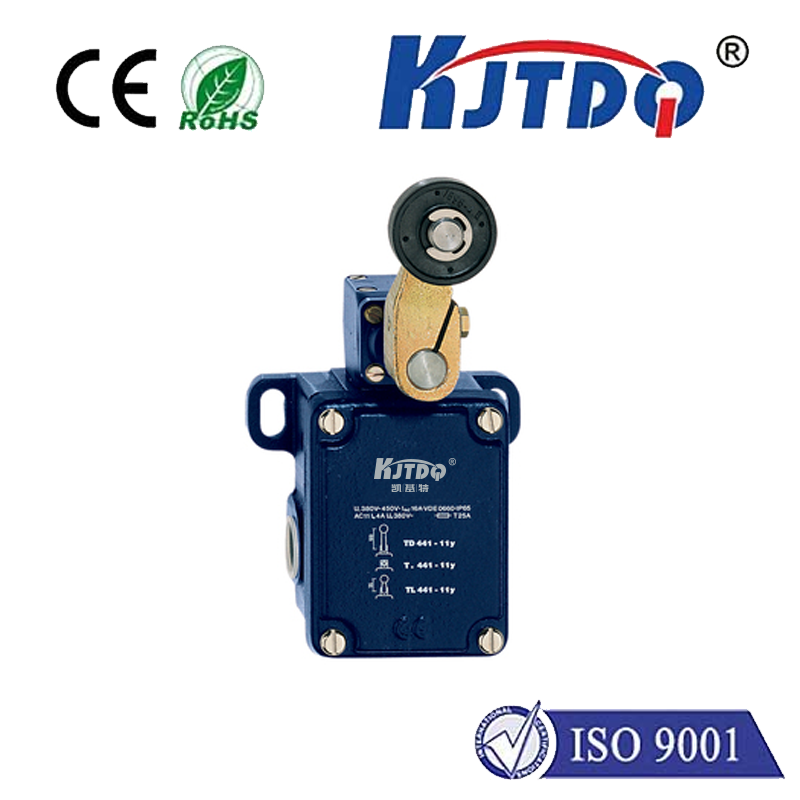portable proximity sensor
- time:2025-07-06 02:00:37
- Click:0
The Rise of Portable Proximity Sensors: Applications and Advantages
Ding! That familiar warning as you reverse your car, narrowly avoiding a collision with the unseen lamppost. This everyday convenience relies on proximity sensing – and the technology is rapidly shrinking. Portable proximity sensors represent a transformative leap, moving detection capabilities beyond fixed installations and putting powerful sensing intelligence directly into the hands of users, onto mobile platforms, and into dynamic environments.
What Exactly is a Portable Proximity Sensor?
At its core, a proximity sensor detects the presence or absence of an object within a specific range without physical contact. A portable proximity sensor embodies this functionality in a compact, lightweight, battery-powered (or easily portable power-supplied) unit. Unlike their fixed counterparts bolted to factory floors, these devices are designed for mobility, flexibility, and ease of deployment.
Core Technologies Powering Portability

Several sensing principles enable these compact wonders:
- Infrared (IR): These sensors emit infrared light. The reflection off a nearby object is detected, indicating presence. Passive Infrared (PIR) variants detect heat radiation (like body heat) and are common in portable security or lighting triggers. They are energy-efficient and ideal for detecting warm bodies.
- Ultrasonic: Emitting high-frequency sound waves, these sensors measure the time taken for an echo to return. Distance is calculated based on the speed of sound. Portable ultrasonic sensors excel at object detection, distance measurement, and level sensing in various materials, often unaffected by color or transparency. Their robustness in dusty or dirty environments is a key advantage.
- Capacitive: These detect changes in an electrical field caused by a nearby object, even non-metallic ones (like liquids, plastics, wood). Portable capacitive sensors are brilliant for touchless interfaces on small devices or detecting material fill levels through containers.
- Inductive: Primarily detecting metal objects through magnetic fields, portable inductive sensors are workhorses in mobile machinery maintenance, metal detection applications, and industrial automation tasks where ruggedness and reliability are paramount.
Unlocking the Power: Key Applications
The versatility and mobility of portable proximity sensors open doors across countless sectors:
- Industrial Maintenance & Safety: Technicians use them to verify machine alignment, detect metal fatigue or hidden components during inspections, or ensure safe distances are maintained around operating machinery on the factory floor. Mobile proximity alerts prevent accidental contact with hazardous moving parts.
- Logistics & Warehousing: Attached to forklifts or AGVs (Automated Guided Vehicles), portable sensors prevent collisions with racks, walls, or personnel. Handheld units assist in inventory management by detecting pallets or items within storage systems. Efficiency and accident prevention are dramatically enhanced.
- Accessibility & Healthcare: Assisting visually impaired individuals with portable obstacle detection. Monitoring patient movement or bed/chair occupancy in hospitals or care homes without invasive methods. Ensuring wheelchairs dock correctly with transport systems.
- Security & Surveillance: Deploy temporary perimeter security for events or construction sites. Set up portable tripwire alarms using IR beams. Detect unauthorized access to mobile assets like trailers or temporary storage units. Rapid deployment is their superpower here.
- Construction & Surveying: Measuring clearances, ensuring equipment positioning is safe, detecting underground utilities (in combination with other tech), or verifying structural gaps. Essential for on-site accuracy and safety.
- Consumer Tech & Interaction: Enabling touchless gestures on portable devices, interactive exhibits, or smart toys. Powering automatic faucets or soap dispensers in portable sanitation units.
- Robotics & Drones: Critical for obstacle avoidance, terrain sensing, and precise maneuvering in mobile robots and UAVs. Their lightweight nature and low power consumption make them ideal for flight.
Why Choose Portable? Compelling Advantages
The shift from fixed to portable proximity sensing offers significant, tangible benefits:
- Mobility & Flexibility: Deploy sensing wherever and whenever needed. Move sensors between locations, machines, or vehicles effortlessly. Adapt to changing work environments instantly. Free yourself from fixed infrastructure limitations.
- Cost-Effectiveness: Eliminate the need for complex wiring and dedicated installation points across a wide area. One portable sensor can serve multiple locations or tasks. Reduce upfront infrastructure investment.
- Rapid Deployment & Setup: Get systems up and running in minutes, not days or weeks. Ideal for temporary sites, emergency response, or trial implementations. Speed-to-insight is drastically improved.
- Scalability: Easily add more sensors as needs grow or change, without major retrofitting projects. Scale your sensing network organically and affordably.
- Enhanced Safety: Bring proximity warning capabilities directly to mobile workers, vehicles, or hazardous areas that lack permanent sensing infrastructure. Protect people and assets anywhere.
- Simplified Troubleshooting & Diagnostics: Use a portable sensor as a diagnostic tool to quickly verify the operation of fixed sensors or pinpoint issues in complex systems.
The Future is Flexible and Intelligent
The trajectory for portable proximity sensors points towards even greater miniaturization, increased battery life, and enhanced processing capabilities. Integration with wireless connectivity (like Bluetooth Low Energy, LoRaWAN, or cellular) is becoming standard, enabling real-time data transmission to central systems or mobile devices. Furthermore, the incorporation of basic edge computing allows for smarter detection, filtering out false triggers and adapting to environmental changes autonomously.
Portable proximity sensors are far more than just convenient gadgets; they represent a fundamental shift in how we interact with and monitor our physical world. By delivering sophisticated detection capabilities in a compact, adaptable, and user-friendly package, they empower professionals across diverse fields, enhance safety protocols, streamline operations, and open up possibilities that simply weren’t feasible with fixed sensors alone. As technology advances, their role in building smarter, safer, and more efficient mobile and dynamic environments will only become more profound.












